
Marketing consultancy
Whitehill & Bordon - Share-with care® workshop
Balancing access with conservation
Situation
- A new eco town is being created in Hampshire.
- Four thousand new homes will bring increased disturbance to an environmentally sensitive area.
- Dog disturbance remains a major problem besetting all of the British countryside.
- Applying his Nestlé pets experience and from conservation work for stone curlews in the Brecks and Suffolk, the consultant has developed a template for effectively tackling this issue.
Response
- Based on considerable desk and field research on Norfolk, Suffolk and Hants nature reserves the consultant developed a clear and persuasive hypothesis of disturbance.
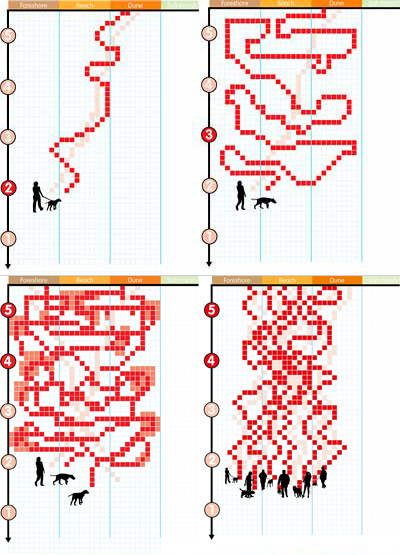 |
| The 'footfall' hypothesis - grading disturbance impact |
Results
- The consultant then provided an effective community engagement template exploiting a range of communications materials and motivation techniques to deliver a cascade of messages via a new breed of public focused volunteers - 'ambassadors'.
 |
- The vehicle for delivering this template has been a series of PPT workshops aimed at informing conservation personnel and town council officers.
|
Workshop |
|
| The DVT workshop addressed three core questions. |
|
| First: Why do we need to respond to greenspace disturbance? This initial section provided the participants with an appreciation of why such disturbance needs to be dealt with: |
|
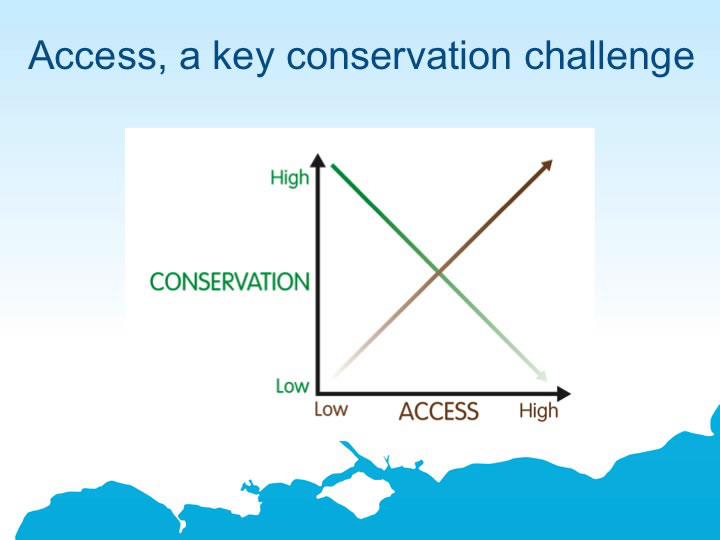 |
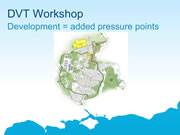 |
| The core problem - balancing access with conservation. | Whitehill & Bordon's levels of disturbance on its SANGs set to increase with 4000 new homes. |
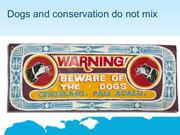 |
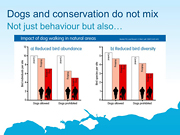 |
| Cats and dogs warrant special measures. | Presence of dogs not only influences bird behaviour, but also reduces abundance and species diversity. |
| The second question addressed was: What can be done to successfully tackle such disturbance? |
|
 |
 |
| Changing peoples' behaviours is difficult and models of behaviour complex. | The essential behavioural objective was seen to be turning 'poachers' into 'gamekeepers'. This requires astute and effective communications. |
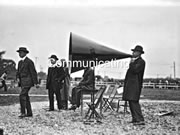 |
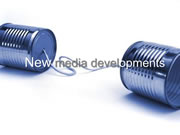 |
| The primary behaviour change tool, communication, is relatively weak. | Fortunately new media provides more effective avenues of communication. |
| Third, the final question was then considered: How might a specific [site] project be tackled? |
|
 |
 |
| Three VA case studies reviewed. | Based on case study lessons a template for balancing access with conservation was revealed. |
- In due course this innovative creative approach will be applied directly by conservation volunteers who will be trained using a detailed manual devised jointly by VA and DVT, to provide a cascade of messages to site users.
 |
Value Added
The principle of a low-cost communications programme able to trigger beneficial behavioural change amongst site visitors and local communities has been demonstrated.
